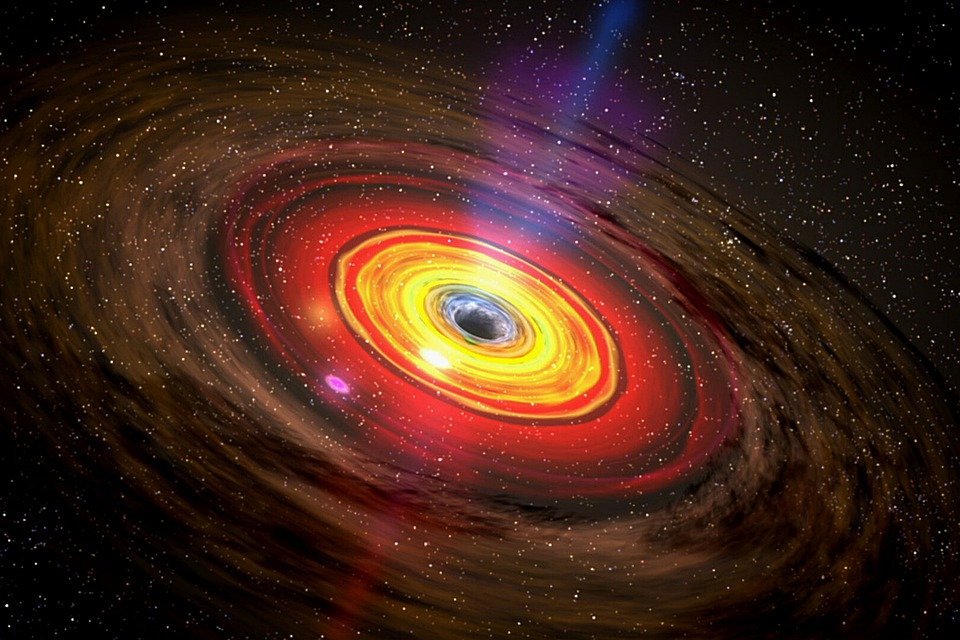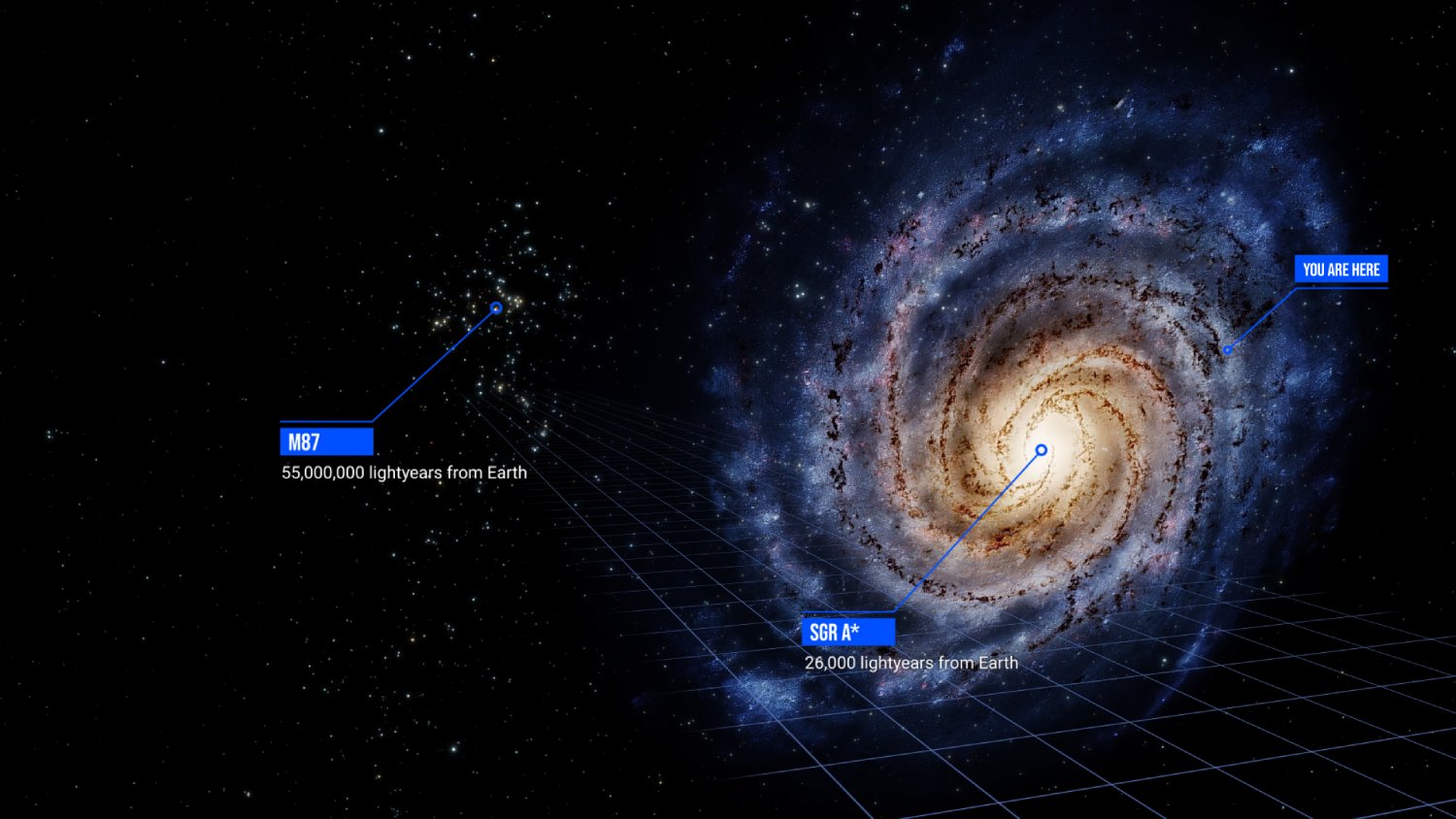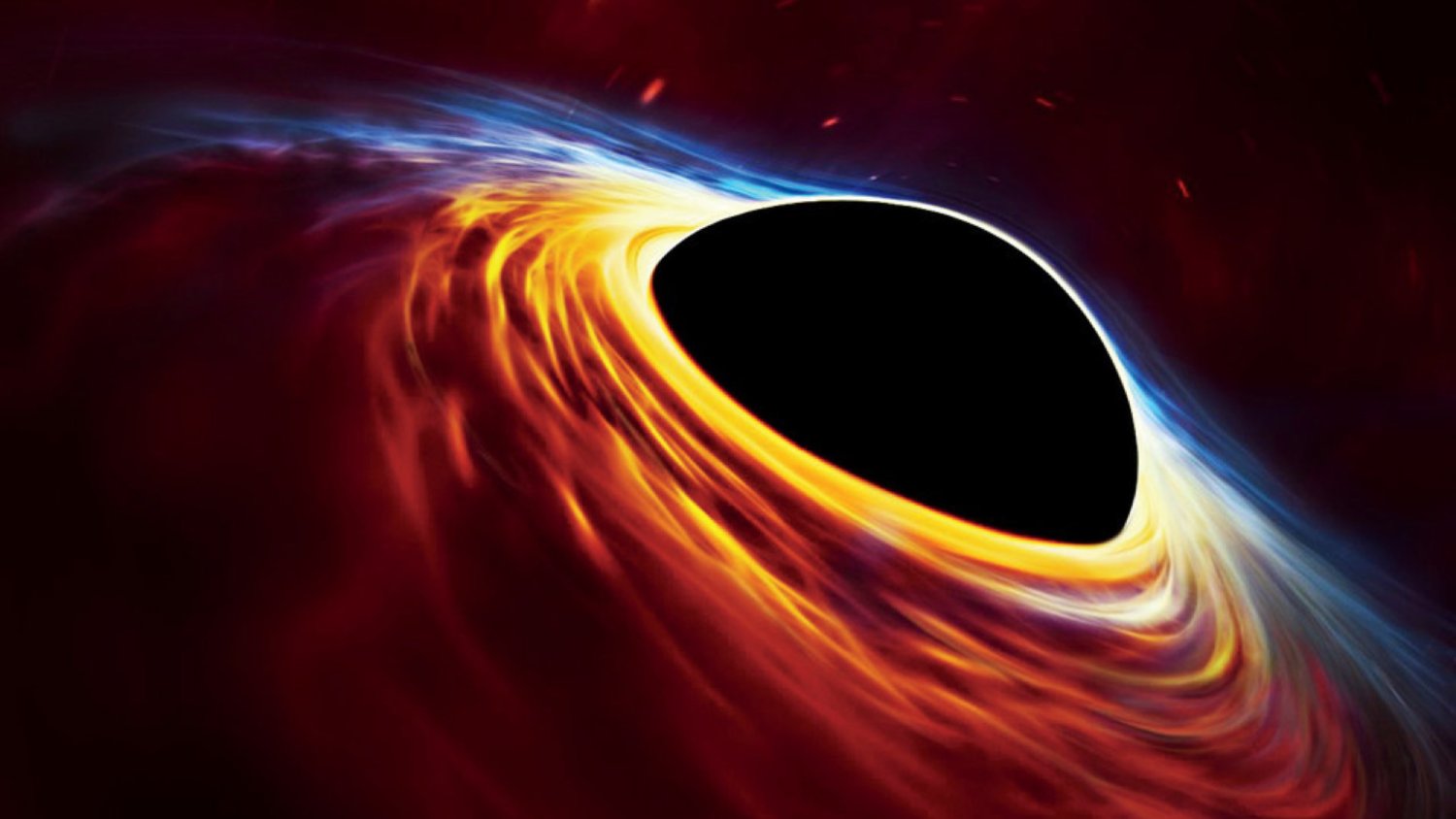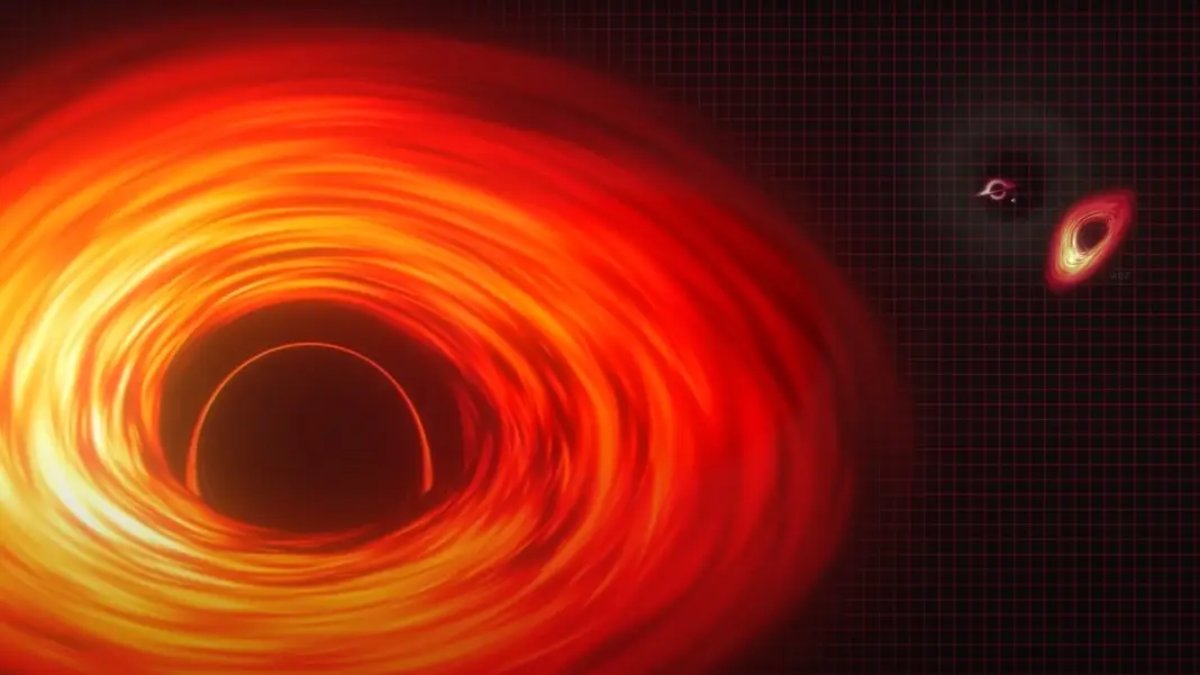Black holes are among the most mysterious objects in the universe. Once seen as just theoretical, they are now key to modern black hole research. Thanks to new technology and better observational methods, our understanding is evolving. The Event Horizon Telescope captured the first image of a black hole, and we have made exciting discoveries about supermassive black holes.
In this article, we will highlight recent thrilling black hole discoveries and how they are changing astrophysics and our view of the cosmos.
The First Image of a Black Hole (2019)

A major breakthrough in black hole research happened in April 2019. The Event Horizon Telescope (EHT) team released the first direct image of a black hole. The image showed the glowing accretion disk around the event horizon. It captured the world’s attention and confirmed Einstein’s predictions from his general theory of relativity.
How Was the Image Captured?
The EHT is a global network of radio observatories. Together, they form a virtual telescope the size of Earth. This method, called very long baseline interferometry (VLBI), allowed scientists to observe the supermassive black hole in the Messier 87 (M87) galaxy, which is 55 million light-years away.
Why Was This Discovery Significant?
- Confirmed Einstein’s Theory: The image matched predictions from general relativity.
- Validated Black Hole Existence: It provided visual proof of black holes beyond indirect observations.
- Advanced Observational Astronomy: It showed how VLBI can image distant celestial objects.
Sagittarius A*: The Black Hole at the Heart of Our Galaxy (2022)

After imaging M87’s black hole, astronomers focused on Sagittarius A*, the supermassive black hole at the center of the Milky Way. In May 2022, the Event Horizon Telescope team released the first image of this cosmic giant.
Why Was Sagittarius A* Harder to Image?
- Closer but Smaller: At 27,000 light-years away, it is closer than M87’s black hole but also smaller.
- Rapid Motion: Matter around Sagittarius A* moves quickly, causing blurriness in the data.
- Dust Interference: The galactic center has interstellar dust, making observations tougher.
Despite these challenges, the final image resembled the one from M87, boosting our confidence in black hole research models.
Merging Black Holes and Gravitational Waves
In 2015, the Laser Interferometer Gravitational-Wave Observatory (LIGO) made history by detecting gravitational waves for the first time. These ripples, predicted by Einstein, were caused by two black holes merging 1.3 billion light-years away.
Since then, LIGO and its European partner, Virgo, have found multiple black hole mergers, offering insights into these cosmic giants.
What Have We Learned from Gravitational Waves?
- Proved Black Holes Can Merge: These detections confirm that supermassive black holes and stellar-mass black holes collide and combine.
- Allowed Precise Mass Measurements: We can now measure black hole masses more accurately than ever before.
- Revealed Unexpected Black Hole Populations: Some detected by LIGO are larger than expected, challenging existing theories.
The Discovery of Wandering Black Holes
Black holes are usually found at galaxy centers, but recent discoveries show a new type—wandering black holes. These rogue black holes drift through space, possibly ejected due to galaxy mergers or gravitational interactions.
How Do We Detect These Black Holes?
- Microlensing Events: When a black hole passes in front of a star, its gravity bends the star’s light, allowing detection.
- X-ray Observations: Some wandering black holes emit X-rays from surrounding material.
- Radio Surveys: Looking for emissions from disrupted stars gives further evidence.
This discovery suggests that supermassive black holes might be more common than we thought, hiding across the universe.
The Mystery of Intermediate-Mass Black Holes
While supermassive black holes are found in galaxy centers, and smaller stellar-mass black holes form from dying stars, astronomers have long theorized about an intermediate class—intermediate-mass black holes (IMBHs). These range from 100 to 100,000 times the mass of the Sun.
Recent Evidence for IMBHs
- Hubble Space Telescope Observations: In 2020, Hubble spotted a suspected IMBH in a distant star cluster.
- Gamma-Ray Bursts: Some high-energy bursts hint at IMBHs consuming nearby material.
- LIGO and Virgo Signals: Mergers involving black holes in the IMBH range have been detected.
Confirming IMBHs would fill a crucial gap in our understanding of how supermassive black holes form.
The Fastest-Growing Black Hole Ever Observed (2023)

In 2023, astronomers found the fastest-growing supermassive black hole ever observed. Located in a quasar, this black hole consumes matter at an astonishing rate, equivalent to one Earth’s mass every second.
What Makes This Black Hole Unique?
- Extremely High Accretion Rate: It consumes material faster than any other known black hole.
- One of the Brightest Quasars: Its rapid growth makes it incredibly bright.
- Challenges Current Models: Its existence suggests some black holes grow faster than current theories predict.
The Role of Black Holes in Galaxy Formation
Recent studies indicate that supermassive black holes are crucial in shaping galaxies. Their immense gravity and energetic bursts regulate star formation and galaxy evolution.
How Do Black Holes Influence Galaxies?
- Feedback Mechanisms: Black holes release energy that heats gas, preventing excessive star formation.
- Galactic Winds: Strong outflows from black holes can strip galaxies of gas, limiting new star formation.
- Merging Effects: When galaxies merge, their black holes interact, affecting the resulting galaxy’s structure.
These findings show how black hole research helps us understand cosmic evolution.
The Future of Black Hole Research
Next-Generation Telescopes
- James Webb Space Telescope (JWST): Observing the earliest black holes.
- Einstein Telescope: A future gravitational wave observatory for detecting black hole mergers more precisely.
- Lynx X-ray Observatory: Designed to study black hole accretion in detail.
Unsolved Mysteries
- Do Black Holes Have a Quantum Structure? Recent theories suggest complex quantum properties.
- What Happens Inside a Black Hole? Current physics struggles beyond the event horizon.
- Can Black Holes Evaporate? Hawking radiation suggests they might, but direct proof is lacking.
The Evolving Mystery of Black Holes: Recent Discoveries and Future Research
The past decade has been remarkable for black hole research. Discoveries have transformed our understanding of these cosmic giants. From the first image by the Event Horizon Telescope to detecting gravitational waves, our knowledge is expanding rapidly.
With new missions ahead, the future of supermassive black hole exploration promises even more groundbreaking revelations. What mysteries will the next generation discover? Only time will tell, but black holes will continue to fascinate us for years to come.
What are your thoughts on these exciting discoveries? Let us know in the comments below!


